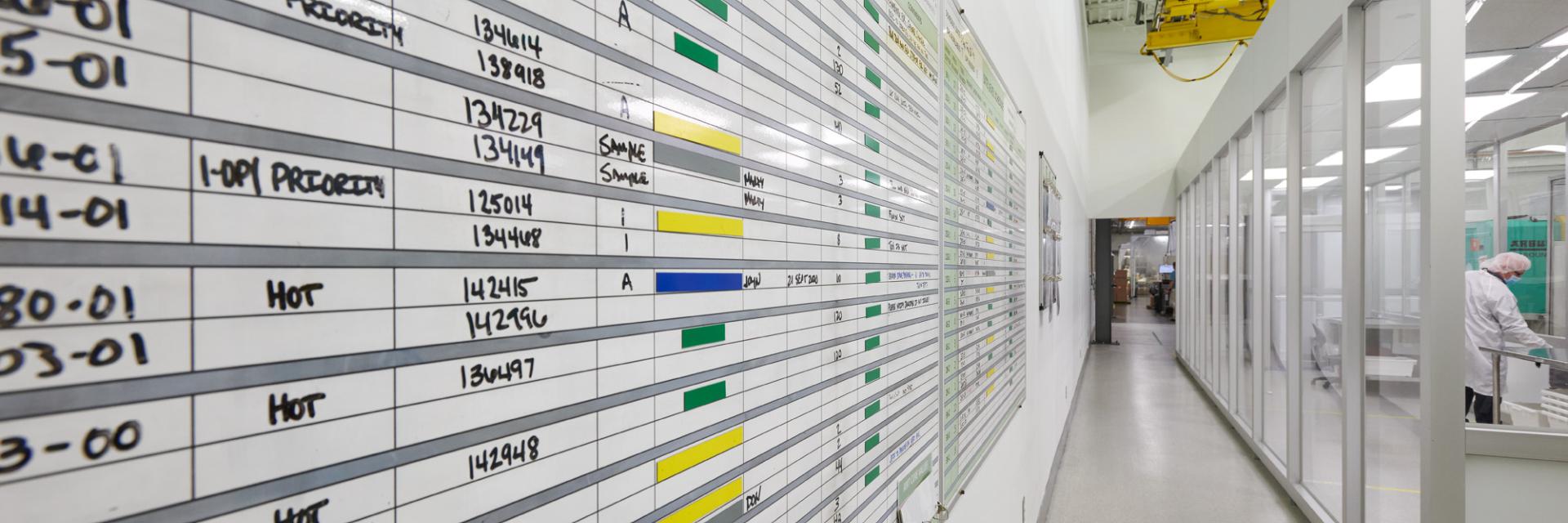Communication & Collaboration
When investigating why customers we’ve had for over 20 years continue to choose our business, one answer stood out abundantly clear; communication. Communication is the vital aspect to the success of a company in our business. We are driven to continually improve our communication by investing in communication training for our team (Mindful Communication, Communication/Collaboration), and by annually requesting our customers to rate our communication & collaboration and tell us where we can improve. We believe this diligence in maintaining a high level of communication is what ultimately fosters a successful project and lasting relationships.
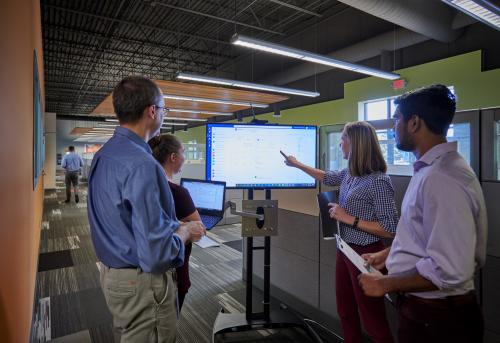
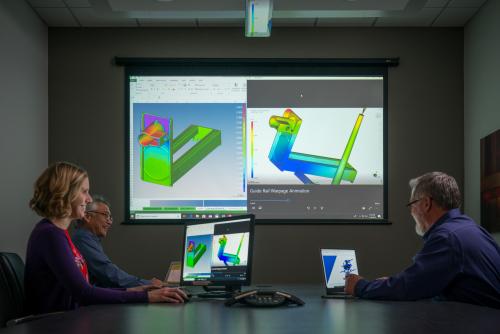
Design for Manufacturing/Design for Reliability (DFM/DFR)
Design for manufacturing (DFM)/design for reliability (DFR) sessions are intended to translate device component geometry and requirements into a repeatable and measurable tooling/manufacturing process. These sessions combine the collective wisdom and experience of the team and can uncover both design and manufacturing ideas that can increase the chance of success, reduce production costs, and set the tone for a collaborative relationship.
Tooling Approach & Tool Shop Selection
Developing the tooling approach and overseeing the tool design/fabrication process is an essential part of a successful program. We outsource all tools since this method provides the best technology and most favorable timing for our customers. We strive to make this seamless for our customers.
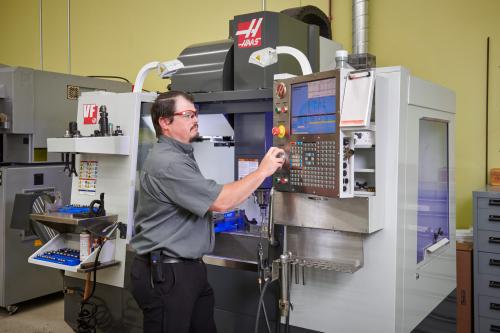
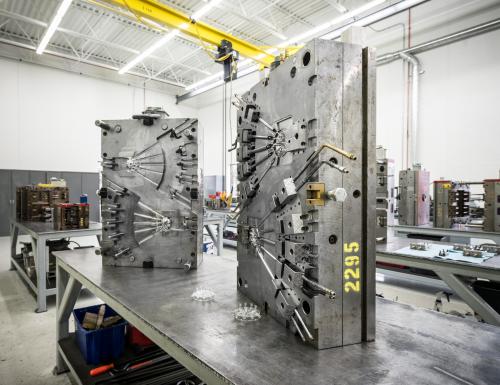
Transfer Tooling & Assembly
We have successfully transferred over 100 molds into production. We have even transferred a full medical device assembly. Typically, the process includes a review of parts, prints, databases, quality history, processing information, and tool drawings (if available). A more comprehensive review is required for assembly transfers.
Once the tool arrives, our tool room technicians will inspect the tool and we would make any modifications to fit our presses. Possible next steps would include sampling the tool, part measurements, tool revisions (if required), and qualification/validation efforts based upon customer requirements.
A new method we have been using is CT Scanning technology. This allows us to characterize existing parts as a baseline for the what the transfer tool is actually producing.
Validation Protocol
Advanced has implemented a quality management system that is registered to and meets the requirements of the FDA for Medical Devices as found in 21 CFR part 820 (cGMP) and the international standard ISO 13485:2003. These requirements include manufacturing process validation. Essentially, validation involves providing objective evidence that specific requirements can be consistently met. These validation and qualification (IQ/OQ/PQ) activities can apply to the molding process, the final device assembly process, as well as to the equipment being utilized for these processes. In some cases, a process failure mode and effects analysis (PFMEA) is performed. Validation protocols (plans) are developed with the customer since each customer application and associated risk is unique.
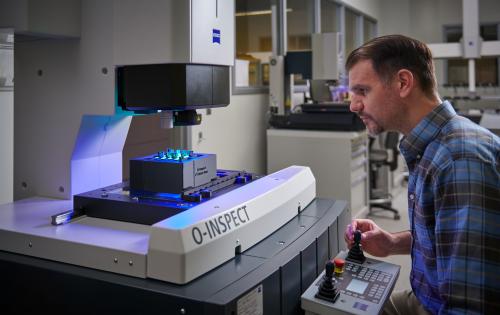
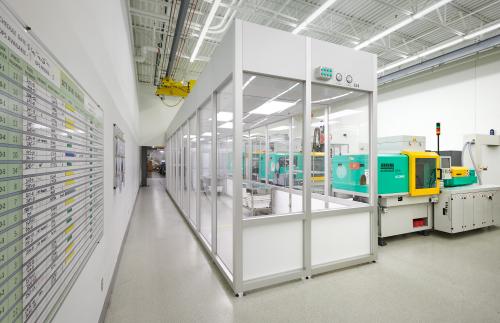
Operational Excellence
We have a continuous improvement commitment throughout the engineering/design phases and bring options to drive costs out of a project. We accomplish this through a variety of methods including early engagement, robotic handling, automated packaging, and balancing the assembly line to takt time. This continuous improvement mindset doesn’t stop there; it is reiterated in all areas of the business.

